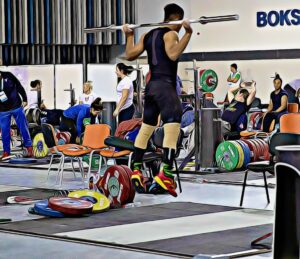
Rest Longer for Plyometrics
Prescribing the optimal amount of rest between sets is a critical loading parameter Charles R. Poliquin discussed throughout his career. For example, he would prescribe shorter rest periods to promote fat loss and longer periods to promote strength gains. One type of exercise where he said rest periods are often inappropriately prescribed is plyometrics.
Unlike explosive exercises such as box jumps that are often used in popular boot camp programs, plyometrics involve a mechanical shock that stimulates the release of elastic energy stored in the tendons to create more powerful movements. Stepping off a low box and leaping upward immediately upon landing is an example of plyometric exercise.
Because of the high level of stress involved in plyometrics, longer rest periods should be taken before performing a repeat set with maximum effort, even as much as 10 minutes. However, a plyometric exercise can be supersetted with another exercise during these rest periods. For example, an athlete could perform a military press with dumbbells between sets of a lower body plyometric exercise.
The Strength Sensei compared the rest periods used in plyometrics to sprint training (which is a form of plyometric training). Although an athlete’s breathing may have returned to normal after a maximum sprint of 100 meters, it could take 10 minutes or longer before the athlete’s nervous system is ready for another set. Further, several days of rest are required between plyometric workouts, with 2x week workouts (with at least two days between training sessions) being the maximum.
BOTTOM LINE: Rest longer between sets of plyometric training sessions. (TSS)
Photo by Viviana Podhaiski, LiftingLife.com.
